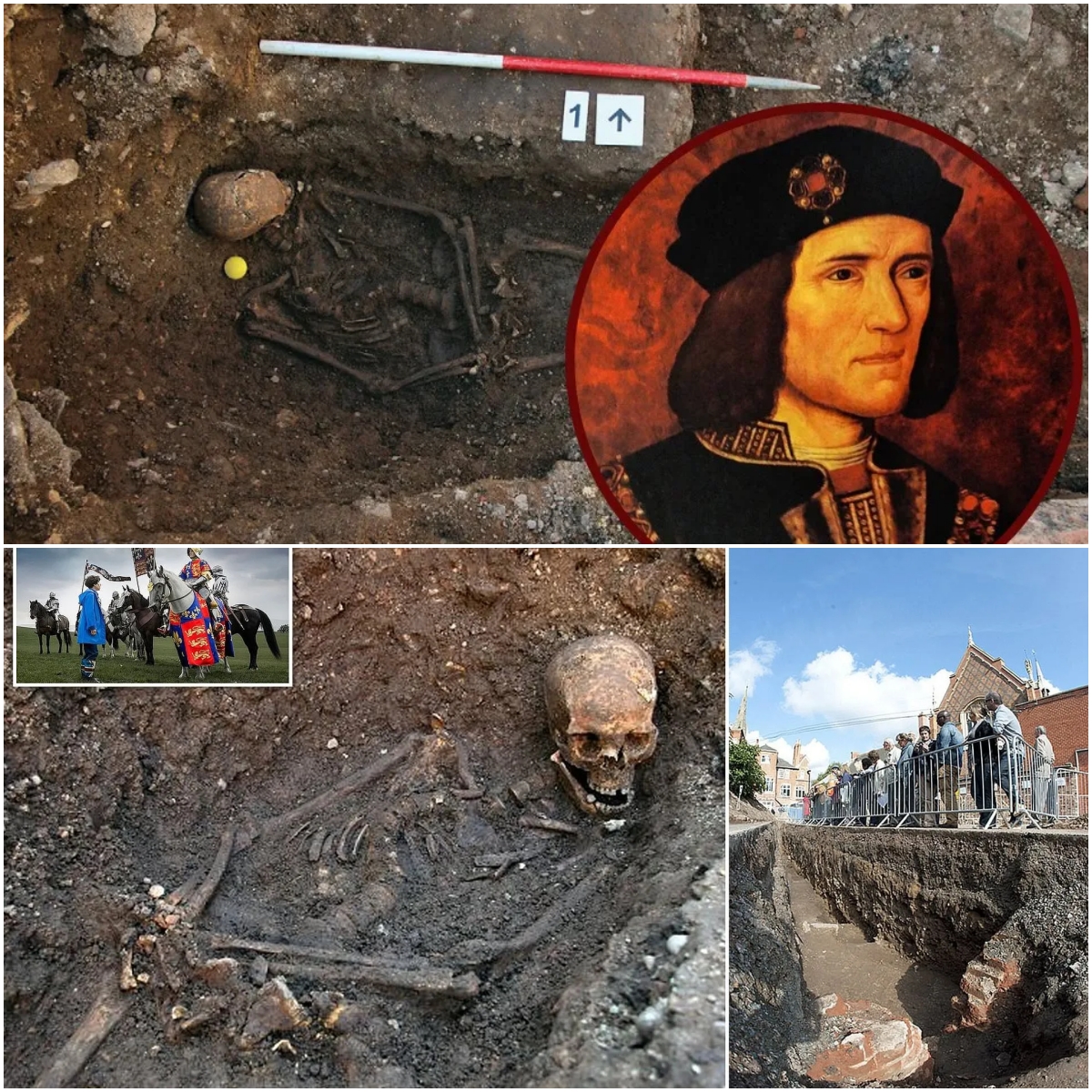Shocking Discovery: 2,000-Year-Old Letter to the “King of the Underworld” Requests Official Title—Sent with Gold, Silver, and Beautiful Servants!
As a place with a privileged location and a feng shui treasure, Ky Nam Citadel, the ancient capital of So Quoc during the Eastern Zhou period (today north of the ancient Jingzhou Citadel, Hubei Province ), was chosen as the resting place of numerous nobles, princes and ministers of the Qin and Han dynasties.
Therefore, this area has been carefully preserved since the 1950s, and it was not until 1973 that various excavations, both large and small, began.
During excavations of tomb number 168 of the Western Han Dynasty, a surprisingly well-preserved corpse was discovered. Not only were the five internal organs kept intact, but the skin still retained a certain elasticity. For a technique developed more than 2,000 years ago, this can be considered a true miracle.
Scene from the excavations of tomb number 168 under the Western Han Dynasty (Image: Sohu)
Subsequently, a large number of funerary objects were discovered in the ancient tombs, including bamboo scrolls placed next to the body of the tomb owner, which aroused great curiosity among experts. They immediately set about restoring the text, since the relics that could be placed next to the body of the tomb owner must have had significant value.
It turned out that this bamboo scroll was a letter that the owner of the tomb had specially written to King Pluto at the time of his death.
Bamboo letters addressed to the king of the underworld were found in the tomb (Image: Sohu)
The beginning of the letter says: “In the fifth month of Canh Thin, the 13th year, the mandarin (former assistant of the mandarin) of Giang Lang informs the mandarin of the underworld,” which means that the owner of the tomb requests peace from the king of the underworld under the golden river.
He then added that he had “taken with him” a large number of guards and servants, as well as numerous funerary objects. And the final sentence of the letter says: “Please grant me the position of officer.”
The general idea of the letter made the archaeological team laugh, as the owner of the tomb brought with him many riches and beautiful servants to the celestial river, hoping that the king of the underworld would grant him some status by assigning him a worthy official position.
The content of the letter made the identity of the tomb’s owner even more fascinating to the team of experts excavating this set of tombs. After their analysis, they confirmed that the owner of the tomb was called “Sui” and held the position of “Five Great Doctors” under the Western Han Dynasty. In fact, he belonged to the middle-class aristocracy of that time.
In life, he must have been a noble man who enjoyed all the glory and riches, which explains the large number of soldiers and slaves who participated in his burial. Even after his death, he still hoped to use the buried riches as bargaining chips to obtain official positions in the underworld.
This really provokes laughter and tears: the owner of the tomb was undoubtedly a greedy man even after death!
Painting of the king of the underworld holding his court in the underworld (Image: Zhihu)
In the eyes of archaeologists, this is completely normal. Experts noted that under the Qin and Han dynasties, letters like this, addressed to the king of the underworld, were a funerary custom known as “The Book of the Underworld.” However, the blatant corruption displayed by someone like Mr. “Suy” is truly unusual.
Perhaps, in life, this was also the strategy that the owner of the tomb used to obtain a position at court, quietly enjoying the glory and riches.










